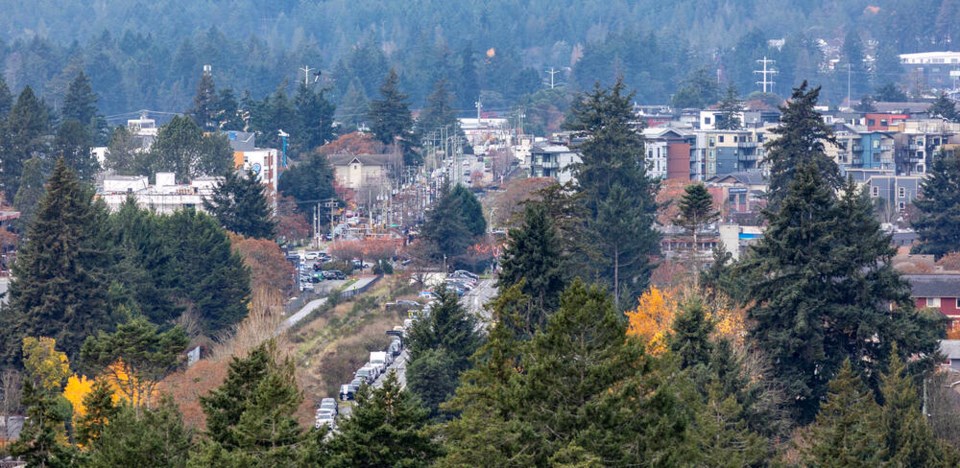A commentary by three Langford councillors
It’s no secret: Many of us choose Langford not for its low taxes, but because it’s a great place to raise our families, grow a business and call home.
Undoubtedly, achieving our community’s transformational growth and development over the past 32 years has been no simple feat. But, as we prepare to reach new heights in Langford’s future, it’s time to ensure we’re building on a strong foundation based on long-term planning and best practices in fiscal management.
In other words, while we’ve earned a reputation for getting things done, it’s time to make sure things get done well.
City plans aren’t sexy, but they are essential tools that help guide wise decision-making and public spending. Without them, it’s impossible to prepare for costly expenses that become more frequent as a city’s population grows and as its public assets mature.
In Langford, creating our first strategic plan was a fundamental first step in strengthening our city’s foundation, and now, we’re seizing the opportunity to update our Official Community Plan and create the first master plans for our urban forests, parks and recreation, active transportation, arts and culture, roads, and asset management strategies.
Nevertheless, it’s often said that the truth about a city’s ambitions isn’t found in its plans. It’s found in its budget.
In a city celebrated for economic innovation and affordability, the proposed tax increases have raised more than a few eyebrows. However, despite this year’s high proposed percentage increase, Langford’s budget stays lean, with our taxes projected to remain among the lowest in the region.
There’s also a common misconception suggesting that keeping property taxes low provides equal benefits for everyone, but it’s time to put that confusion to rest.
In Langford’s case, we’ve been using millions of dollars from our General Amenity Reserve Fund and millions more in internal borrowing as a Band-Aid solution to temporarily delay necessary increases and keep taxes low. As a result of this, many of us are disconnected from the true cost of service delivery.
Put differently, rather than seeing “growth that pays for growth” by using amenity funds collected through development to pay for things like new sidewalks, parks, a police building or asset management, in the past decade, we’ve spent more than $10 million of our amenity funds to help offset property taxes.
Compounded year after year, in just four more years under the status quo, we stand to lose a further $6.4 million, which could instead be invested in capital projects and public amenities.
At the end of the day, not only does the current approach reward the highest valued property owners with the highest values in public subsidy, but it comes at the cost of being able to responsibly save for long-term needs and pay for new amenities that benefit everybody.
Further, provincial changes brought forward through Bill 46 will affect what amenity funds can be collected through the development process and the flexibility in how we are able to use these funds.
As a city, we have outgrown our ability to rely on short-term planning.
And as elected leaders, we think it’s unfair to continue discreetly using millions of dollars of amenity funds in the way that we have.
While no one likes the idea of paying more taxes, we believe we can no longer afford to be complacent and delay action. Coming together today to equitably invest amenity funds into our community’s needs is our next step down the path of building a just and resilient future in Langford for years to come.
>>> To comment on this article, write a letter to the editor: [email protected]



